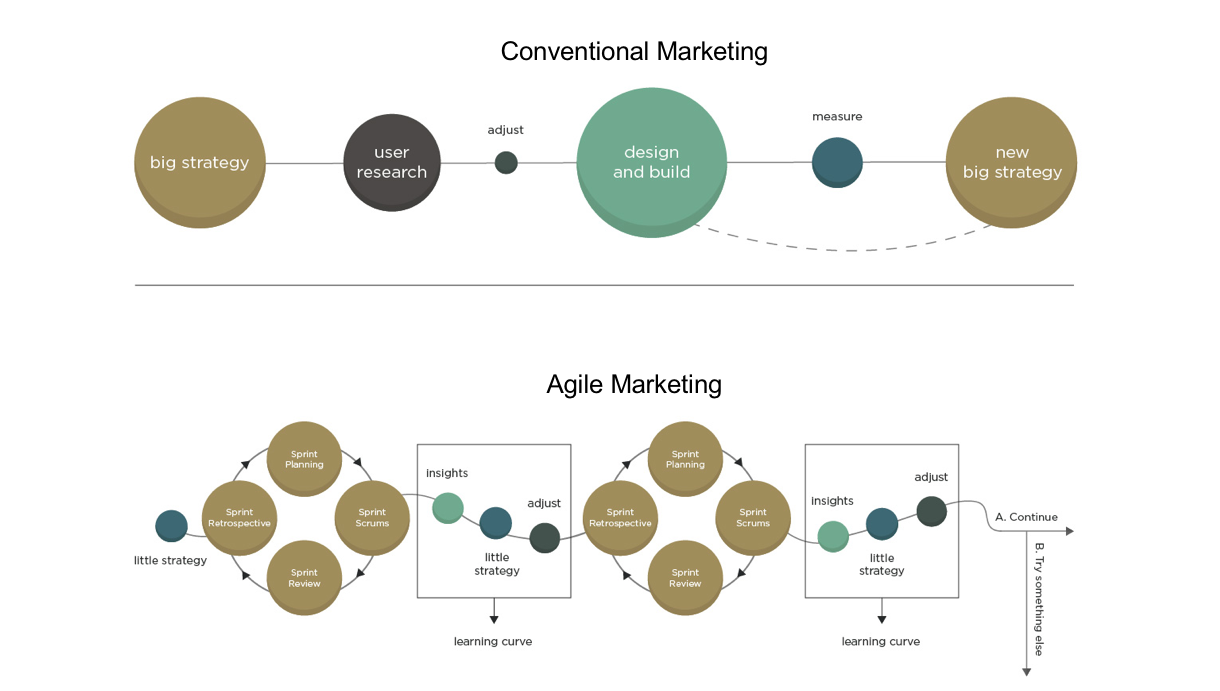
2019 is set to be a game-changing year for brand marketers. Between a rapidly shifting political landscape and fast increases in marketing technology, the way marketers do their jobs – and how brands connect with their customers – is likely to witness some major new trends that they’ll need to be prepared for to capitalize on.
That’s according to an article by Michael Stone, published in Forbes that while “we live in a time of radical transformation” of the retail space, savvy marketers can still prepare themselves for success.
So, what significant trends are set to shape the marketing landscape in 2019?

Merging Online and In-Store Customer Journeys
One of the biggest marketing trends set to continue well beyond 2019 is the merging of an online and in-store customer retail journeys.
As Stone says, “the blurring of online and offline retail will continue at an increased pace.” This is made possible in large part due to advances in customer data tracking and analysis. Thanks to a multi-channel understanding of a customer’s interactions with your brand, you can drive them either to your brick-and-mortar space or your e-commerce website by offering personalized deals through either channel.
At any rate, brands will need to ensure both their digital and in-store marketing are in healthy, fighting shape, as competition continues to grow from retailers moving from one space into the other (like Amazon’s move into brick-and-mortar, and Walmart’s robust online shopping platform). Stone explains: “Retailers will not [be able to] sit still as they continue to up their game.”
Creating Compelling In-Store Experiences
As we’ve discussed on the NVISION blog before, one of the most interesting retail marketing trends is the growing appeal of transforming retail stores into “experience centers.”
With online shopping and e-commerce becoming easier and faster every day (especially with services that offer next-day or even same-day delivery), brands must find new ways to draw customers into their brick-and-mortar stores. To do so, they are creating experience centers, where customers can physically touch, try, handle, and use the company’s products, and even test them in a real-world environment.
“Brands will continue to look for ways to ‘pull’ customers into the brand rather than ‘pushing’ the brand at them,” Stone explains, “such as creatively driven pop-up stores; new, permanent mono-branded stores; malls featuring spa services, tailoring, and personal stylists; branded hotels; themed restaurants; and themed exhibits. Brands and consumers will become more ‘entangled.’”
And as the popularity of these brick-and-mortar experiences grows, so too will the need for brands to create, produce, and deliver their physical marketing materials on-time, on-budget, and with empowered flexibility.

Brands Taking Positions in a Shifting Political Landscape
For years, brands were told to “stay in your lane” and athletes were told to “stick to sports.” But 2019 promises to be a year where much of the rules around marketing and politics change.
As Stone points out, many brands have been “forced” to take a stand politically, citing the example of many brands pulling their support (and advertising dollars) and “abandoning the NRA following the shooting last February at Marjory Stoneman Douglas High School in Florida.”
Other have chosen to take a stand and roll the dice both financially and politically, such as Nike did in 2018 when it made former NFL quarterback and civil rights activist Colin Kaepernick its spokesperson.
“Brands are increasingly aware that younger consumers want their brands to take a position and to have a purpose,” Stone writes. And whether that position is something fairly uncontroversial – like using sustainable manufacturing processes or promoting female executives to leadership roles – or whether it is a new hot-button issue for 2019 (like the widespread legalization of the marijuana industry in the U.S. and Canada), customers want their brands to stand for something.
*****
2019 will be a year of new trends and changes for marketers everywhere. Between a shifting political landscape and the continued blurring of the online and in-store retail spaces, having flexible and reliable marketing operations will allow many brands to capitalize on these changing trends and post record-breaking years. And that’s a trend we can all hope for.
Related blogs:
Subscribe to the Blog
Why NVISION?
For more than three decades we’ve partnered with Fortune 500 companies to deliver marketing operations solutions. Led by a strategic account management team, we’ll help you develop, procure, fulfill and distribute printed collateral, signage, point-of-purchase displays, direct mail, branded merchandise and much more.




 Project Title
Project Title Project Title
Project Title